 Andrea Stanisic
Andrea StanisicUX gamification: How gamification influences user engagement
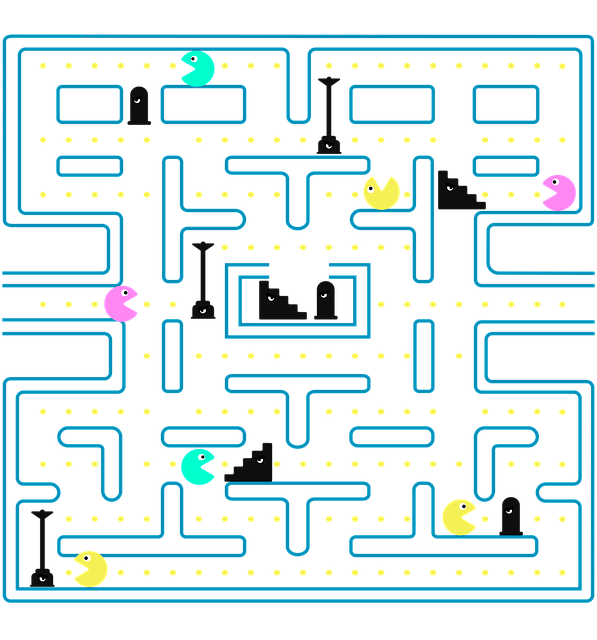
Ever wonder why you can’t stop playing that mobile game, but you dread checking your email?
The reason is gamification.
To be more precise the influence gamification elements have on user experience and user engagement.
Gamification of the UX has become a huge trend over the past few years. Especially in education with language learning apps, because their targeted audience struggles with motivation the most during the learning process.
So, if you want to get ahead on the market and transform the user engagement of your platform, keep reading.
We will give you a detailed look at UX gamification and how gamification influences user engagement with examples.
(If you want an in-depth look at gamification you should check our Ultimate guide to gamification to master this subject.)
What is gamification?
Before we get into details let’s define what gamification is and is not.
Gamification is the process of using game elements and game mechanics in software products that are not game-related. This means that for the design and development of your digital products, you use game-like elements to influence and improve user engagement.
Game design elements such as rewards, progress bars, or a points system drive user engagement. When you create engaging user experiences users are more likely to return to your platform.
Bad vs good gamification

Gamification shouldn’t be mistaken for game design. You don’t have to be part of the gaming industry. You are making non-game apps feel like games.
Gamification uses psychology to change user behavior. The point is not to turn your solution into a game, but to make users feel like they are playing a game. This is where many make a mistake.
Bad gamification in UX design is just slapping extrinsic rewards on top of any interaction with no strategy to reward users. This can look like giving virtual rewards whenever users click on something.
Successful gamification uses intrinsic motivation to increase the feeling of fun, flow, and accomplishment for users.
Users can tell a difference between good and bad gamification and it ruins the experience when things feel forced or unnatural.
This is why it’s crucial to strategically choose where and when you introduce gamification in UX.
If you want a reliable partner in this process with experience in gamification across industries, brigit.dev is the right choice. With us, you can incorporate gamification and increase user engagement today.
What is UX gamification?
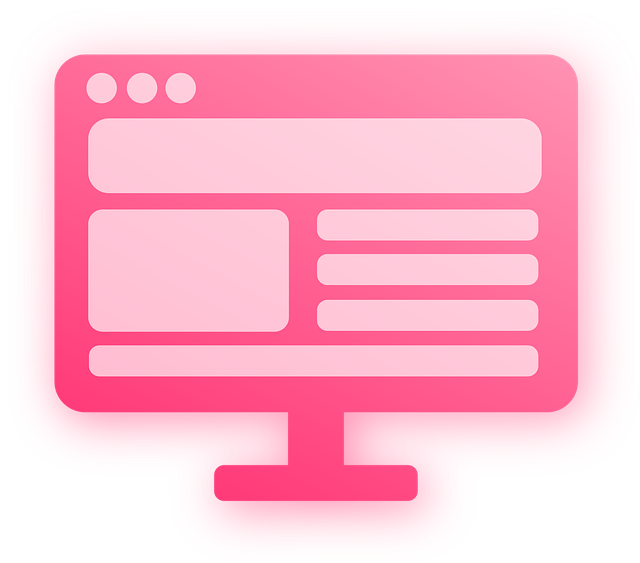
UX gamification is the process of using gaming elements when creating a gamified system within software solutions like mobile applications.
It focuses both on the design side that encourages users as well as mechanics that make users engaged.
UX designers should think like game developers when implementing gamification elements.
User research mixed with gamified elements creates a powerful tool for motivating users.
An engaged audience is the best audience.
UX design gamification should make the user's interaction more engaging and enjoyable but in harmony with the main function of the platform. Everything needs to be aligned.
UX gamification and Google maps
UX gamification can even help overcome negative associations. It can boost user engagement when it comes to things people don’t enjoy like tedious tasks, surveys, onboarding, user reviews, etc.
For example, people don’t leave reviews on Google Maps that often. On Booking and other sites for sure, but Google Maps is more for getting around.
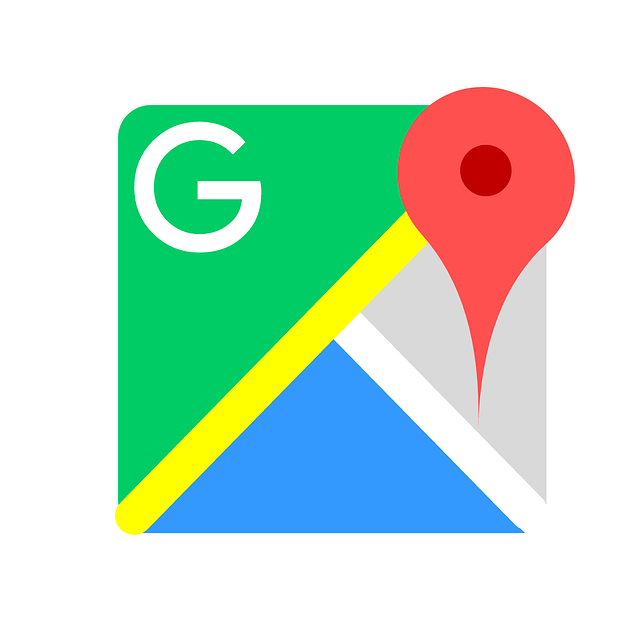
But, since Google added gamified elements to this process things changed.
The whole process is simple.
Users win rewards, get different achievements for contributing, and level up. Everyone can see anyone’s progress and users can follow each other. These perceived social interactions improve engagement and turn Google Maps into an online community (or a small social media if you’d like).
People of course started to compete after a while and try hard to win titles (even though they mean nothing).
So fun elements, progress tracking, and positive reinforcement with competitive elements created a better user experience.
Gamification increased the number of reviews and the number of app downloads. It also helped Google collect valuable data and improve user satisfaction without a lot of effort.
This example highlights the real effect gamification has on user engagement. Once you nail it and strike a chord with your audience, gamification will bring many more benefits besides user engagement.
Benefits of UX gamification beyond user engagement
-
improving user motivation
-
improving market performance
-
improving user satisfaction
-
improving product usability
-
increasing conversion rates
-
increasing user retention
-
increasing profit
-
increasing user loyalty
UX gamification strategy (how to boost user engagement + examples)
To successfully implement gamification and boost user engagement you need a solid UX gamification strategy that is in tune with the UI.
It doesn't matter if you have an educational app or a productivity app, for (almost) all niches core things are the same. Customization comes after you've established the foundation.
To do it right you need certain game elements from different categories you need to consider.
Here's the full list of the top 16 gamification elements you need to improve the user journey on your platform.
Top 16 UX gamification elements by categories
Progress tracking elements

Progress tracking elements improve user engagement because users can see their progress in real time. They can also compare and see how they measure up to others. This motivates them to use the platform more to improve their status.
Progress bars
Progress bars visually show users how far they've come and how much is left to complete a task. Users are motivated to finish what they've started because they can see their progress. They get a sense of accomplishment and feel encouraged to keep going.
Scoreboards
Scoreboards display user scores in comparison to others. This influences users' inherent desire to compete, driving them to improve their performance. It creates a challenge that keeps users engaged.
Leaderboards
Leaderboards rank users based on their performance and showcase the best ones. Seeing their name on a leaderboard motivates users to maintain or improve their rank. This creates a competitive environment, encouraging them to regularly use the platform.
Levels
Levels represent stages users can reach by completing tasks. Unlocking new levels gives users a sense of progress and achievement. It keeps them engaged by providing clear goals.
Rewarding elements

In-app rewards (just like tangible rewards) motivate users to stay on the platform and win more. They are small virtual dopamine hits that keep users going.
Points/coins
Points or coins are earned through different user actions like finishing tasks. They act as a reward system, making users feel their efforts are valued. This encourages repeated interactions with the platform to earn more rewards.
Achievements
Achievements are milestones users reach when they complete different actions. They provide recognition for users' efforts and progress. Users feel accomplished and motivated to continue engaging with the platform.
Badges
Badges are visual tokens of achievement users can collect. They provide a sense of pride and accomplishment. Users are motivated to earn more badges, increasing engagement.
Unlockable elements
Unlockable elements include features, levels, or items that become available after certain achievements. They create a sense of progression and reward. They give users something to strive for. Because of that users stay engaged as they are motivated to unlock new content and explore the platform.
Narrative elements
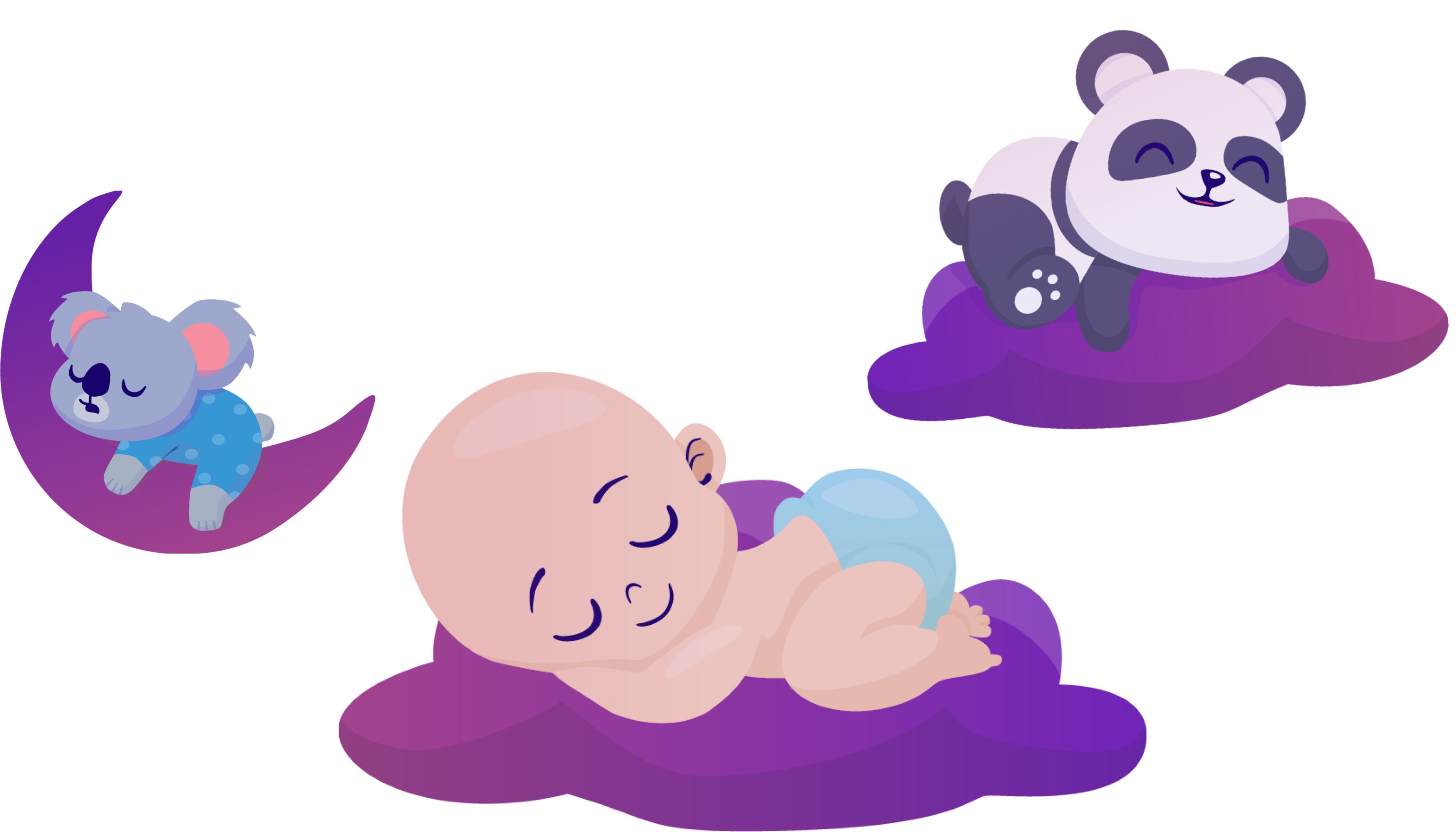
The narrative within the platform that goes beyond gamification makes things more personal for users.
Mascots
Mascots are characters that guide or accompany users through the platform. They add a friendly and relatable element to the experience. This increases user engagement by making interactions more enjoyable and personalized. Users can even view them as virtual friends or pets.
Avatars
Avatars allow users to create and customize their virtual representation. Personalizing an avatar gives users a sense of ownership and identity within the platform. This improves user engagement by making the experience more personal and fun.
Tasks
Tasks are specific activities users need to complete and guide them through activities. Clearly defined tasks give users direction and purpose. They drive engagement by providing structure and clear goals.
Storyline
A storyline creates a story that users follow as they interact with the platform. It adds deeper context to user actions, improving the experience. The storyline keeps users interested and motivated to continue.
Bonus elements
Maskot marketplace
A mascot marketplace lets users purchase and collect different add-ons for mascots with earned points. This adds a layer of excitement and personalization. It keeps users engaged as they strive to earn points and expand their collection.
Time restraints
Time restraints limit the period in which users can complete tasks or earn rewards. They create a sense of urgency and push users to take immediate action. This boosts engagement by encouraging interactions with the platform.
Mini-games
Mini-games are small, interactive games within the main platform. They provide a fun break from regular activities. This keeps users entertained and engaged for longer periods.
Milestone celebration
Milestone celebrations acknowledge significant user achievements with visual or audio cues like confetti, balloons, encouraging words, etc. Celebrating milestones makes users feel appreciated and accomplished. This boosts their morale and encourages continued use.
Examples of good UX gamification
There are many successful examples of UX gamification.
You are even probably using some of these platforms daily.
We'll highlight the three that don't just implement UX gamification the right way, but take it to the next level.
Duolingo

Duolingo is one of the most popular gamification-based apps.
It works by turning language learning into a game with levels, points, and rewards. Users complete bite-sized lessons and earn experience points (XP) and virtual coins (lingots).
The app includes daily goals, streaks, and a leaderboard to keep users motivated and engaged.
Duolingo makes learning fun and engaging. The game elements keep users coming back regularly, helping them build a habit. Positive reinforcement like rewards and progress tracking boosts engagement and creates a sense of accomplishment.
Duolingo stands out because it combines education with a social element. Unlike other apps, it has a strong community, where users can compete and interact with friends. This adds an extra layer of motivation and support.
Duolingo also uses its social media presence to further develop the community. This is what sets it apart from competitors.
Coffee Talk
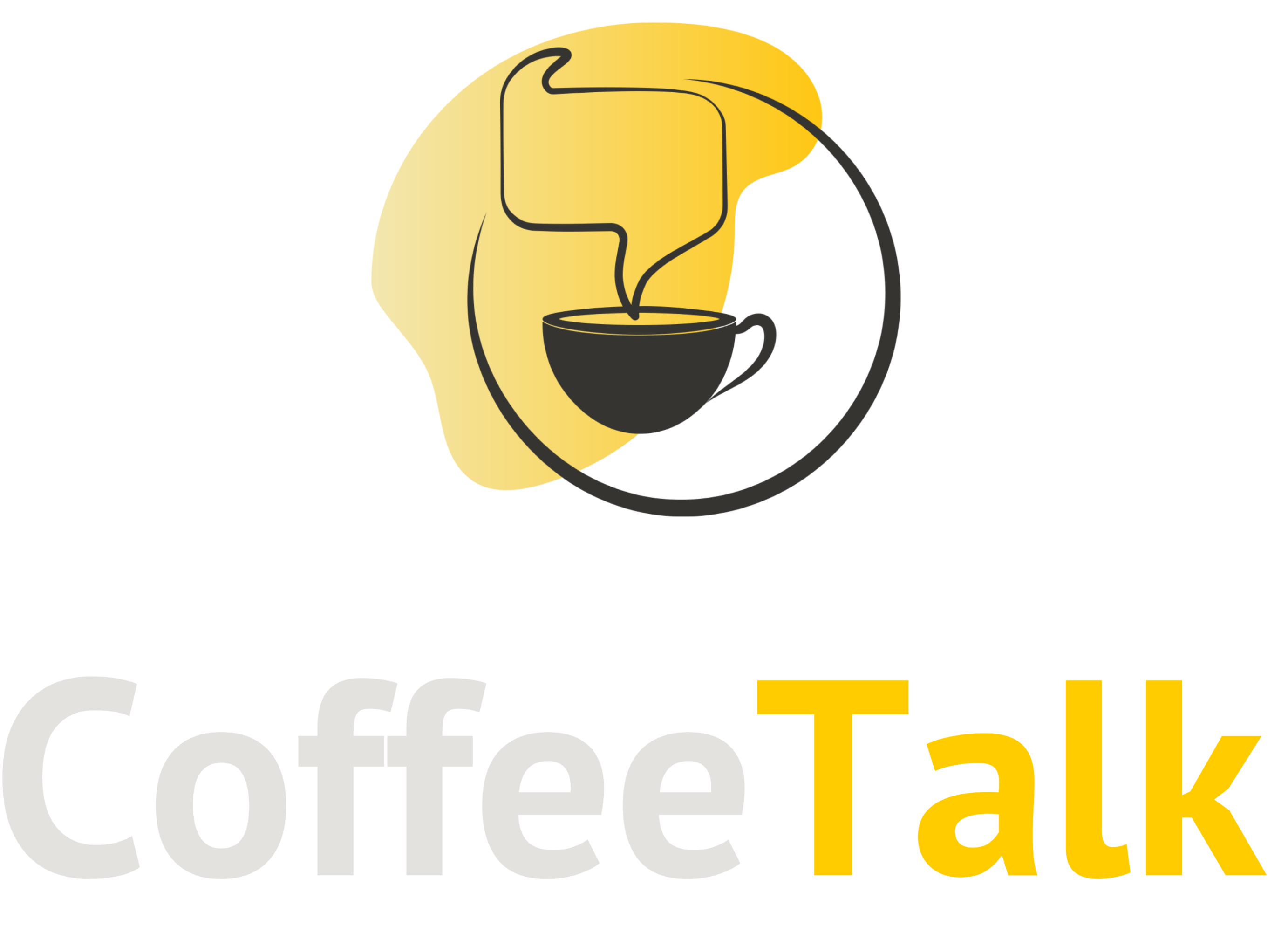
Coffee Talk is a new gamified language-learning app.
It incorporates game-like elements such as levels, rewards, and progress tracking. It offers customized learning packages with assigned teachers based on students' preexisting knowledge and needs.
The platform includes homework, tests, voice, and writing exercises designed by teachers, all integrated with gamified features to make learning engaging.
Coffee Talk makes learning English interactive and enjoyable. The game elements keep students motivated by providing immediate rewards and a sense of achievement.
Regular practice through varied exercises helps activate passive language knowledge, reinforcing learning in a fun way.
What makes Coffee Talk stand out is the highly personalized experience. Unlike generic apps, it assigns real teachers who track progress and tailor exercises to each student's needs.
A personalized approach with a focus on activating passive knowledge that users don't even know they have makes Coffee Talk the leader in its niche.
(If you want to read more about Coffe Talk's success and how it we made it check out this case study)
Economia.AI
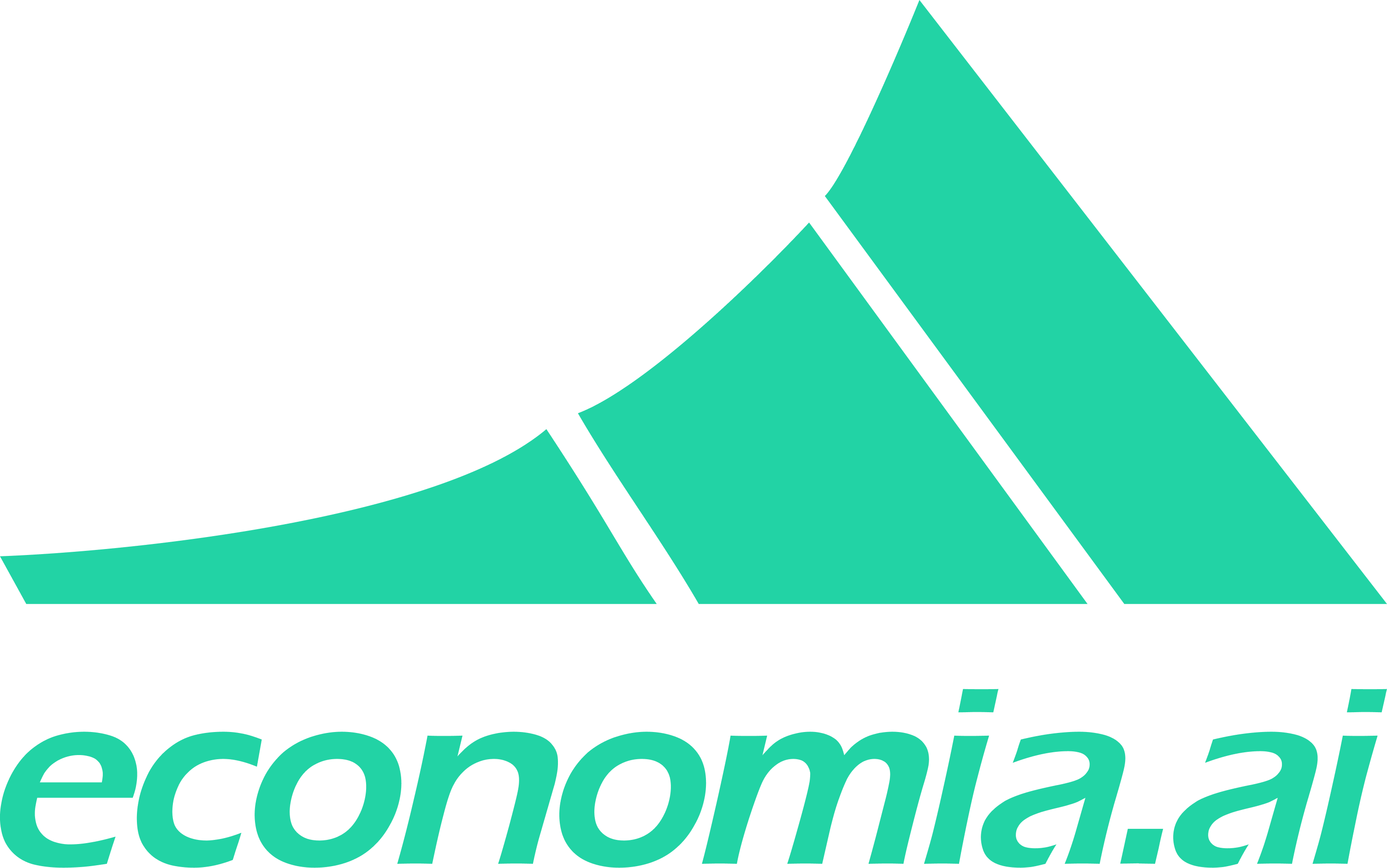
Economia.AI is a gamified EdTech app that educates users about investing.
It works by assigning users to clusters based on their pre-existing knowledge and goals through an onboarding survey. The platform's AI model personalizes the experience with tailored lessons and quizzes.
Users can also explore hypothetical portfolios and use an investing calculator for additional insights.
Economia.AI works because it makes learning about investing interactive and engaging. Gamification elements like badges and points motivate users to participate and progress. Personalized content ensures that users receive relevant information, making the learning process more effective.
Economia.AI stands out from other platforms by combining FinTech and EdTech with a strong emphasis on personalized learning. Unlike generic financial education tools, it uses AI to tailor content based on user’s needs and goals.
This individualized approach, paired with engaging game elements, makes Economia.Ai a one-of-a-kind platform.
(If you want to know more about the mix between EdtEch and FinTEch with AI click here for the full case study)
When not to gamify for user engagement?
Before doing anything you should conduct user research.
See what is actually decreasing user engagement and if you can address it right away.
If your platform for example has a confusing UI, a lot of bugs, and no customer support, gamification can't help you.
If you expect gamification alone to sell your product it's a no. You need more than that.
If gamification is confusing users or in any way badly influencing your main functionalities it's not for you.
If your targeted audience isn't tech-savvy, don't complicate the platform with gamification.
If you just want to hop on a new trend and do it because everyone else is don't. Without research and a real strategy, it can backfire (and it probably will).
If adding gamified features will in any way influence how professional or reliable your platform is don't do it. Always consider your brand identity and your targeted audience.
To sum up - do the research and hire professional partners, like brigit.dev, to help you implement gamification successfully (and see if it's the best choice for you).
Conclusion
Incorporating gamification into UX design can significantly improve user engagement, motivation, and satisfaction.
Effective gamification strategies, such as those seen in platforms like Duolingo and Google Maps, can be real game-changers.
However, it's crucial to implement these elements thoughtfully, ensuring they align with the platform's core functionality and user needs.
In the future, with AI and machine learning on the rise, gamification might even offer real-time adaptations based on user interactions. With features like that, gamification will probably turn into a standard and not just a common practice.
Gamify your UX (and UI)
If you are thinking how to:
-
motivate users
-
encourage users
-
engage users
-
improve user's interaction and customer retention
-
enhance user engagement
-
make users interested in your platform
-
meet modern user needs
-
acquire new users easily
You are thinking of gamification and brigit.dev.
We are a software engineering agency with a proven gamification strategy that has helped our clients such as MyRewardly, Coffee Talk, and Economia.AI succeed on the market.
Our services include:
-
mobile development
-
web development
-
AI&Blockchain development
-
Backend development
-
UI/UX design
Build for the target audience
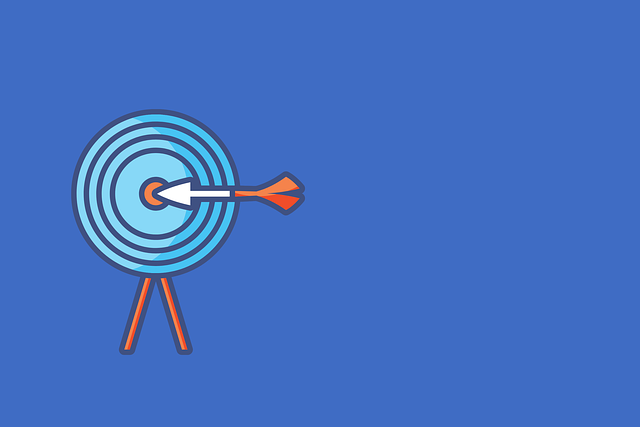
If you don't want to complicate building your MVP, startup, or new software products with several agencies and freelancers, brigit.dev is for you.
We can help you develop and design your product with gamified features and new technologies. Also, we do research, testing, and maintenance so you don't have to worry about a thing.
With brigit.dev you don't have to hire or outsource anything to get your software solution out on the market (in record time).
Contact us today and get a project estimate.